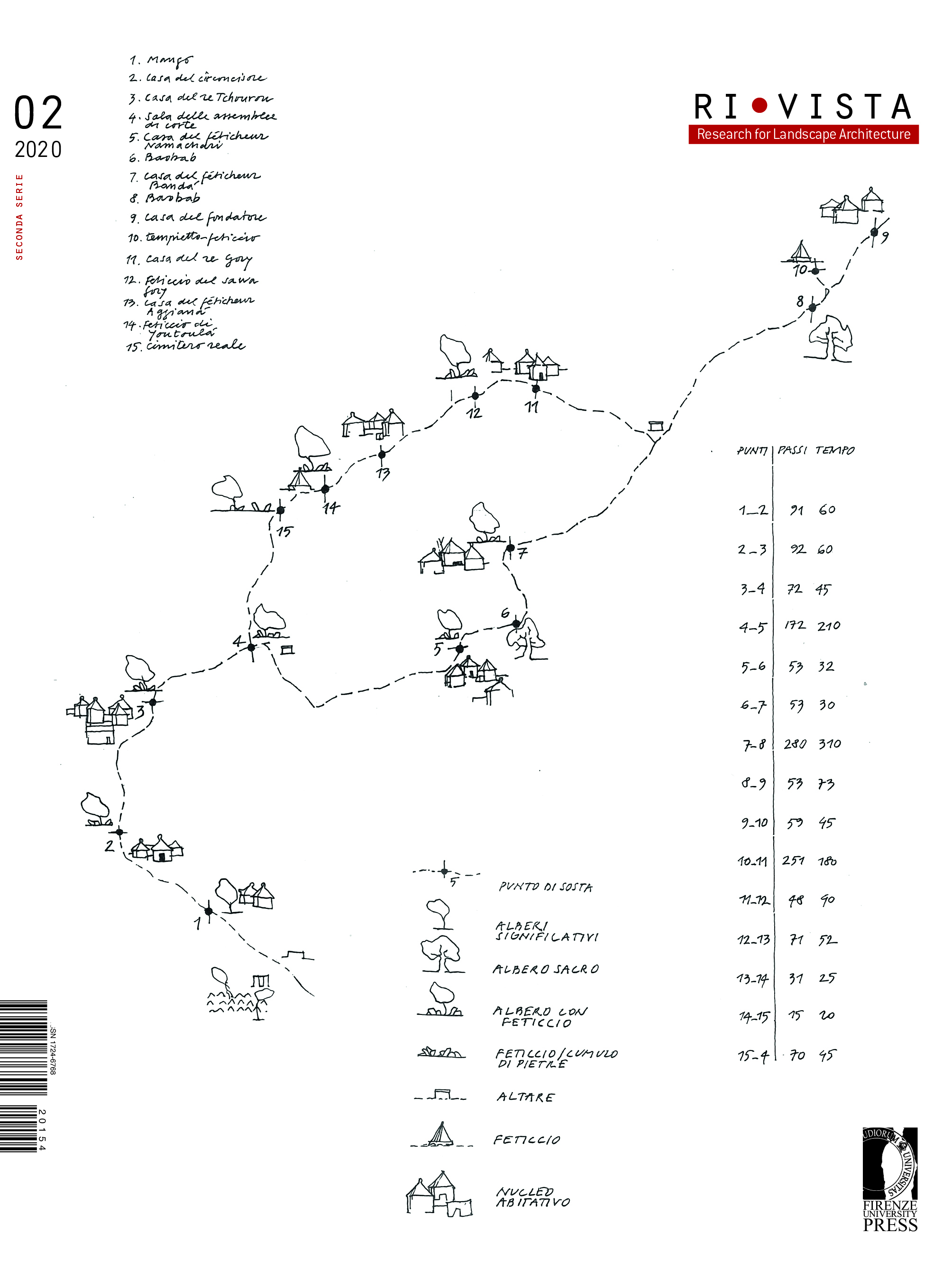Published 2021-02-24
How to Cite
Abstract
At the beginning of the last century, Walter Benjamin questioned the reproducibility of works of art, focusing on photography and movie. Re-reading his famous essay, The Work of Art in the Age of Mechanical Reproduction opens questions about the authenticity of drawings (both analog or digital) and the reproducibility of digital pictures in contemporary Landscape Architecture.
Therefore, this text attempts to update and relate to contemporary landscape design Benjamin's concepts of concentration and distraction in perceiving works of art. In particular, if some digital pictures can be counted within the category of reproducible works of art, perceivable through distraction, and if some drawings are still ascribable to the category of original works of art that require concentration for perception. Also, the text aims to propose a different meaning to digital images ascribed to the category of reproducibility, offering a definition closer to photography than drawing.
To better speak about concentration and distraction, photography and drawing, originality and reproducibility of works of landscape representation, the second part of the text presents two different contemporary approaches: the first one is related to Gareth Doherty’s methodology in perceiving and drawing places and territories as original works of landscape representations; the second speaks about James Corner’s landscape analysis, representation and design strongly connected to the reproducibility of digital pictures.
The last part of the text explains because the authenticity of drawings, which Benjamin identified in the possibility of being placed at a specific time and within a particular place, is still current and necessary to represent ideas of landscape architecture.






